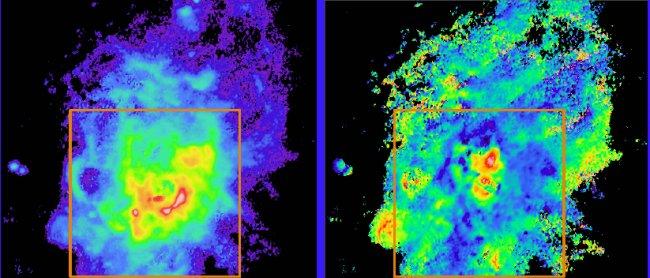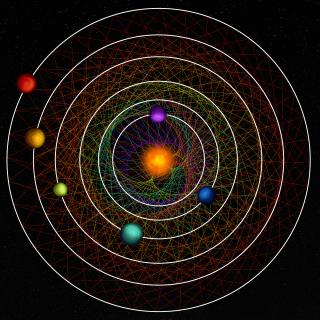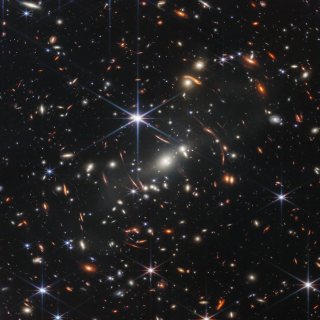The new high resolution module NEFER (Nuevo Espectrómetro Fabry-Perot de Extrema Resolución), integrated into the OSIRIS Specgtrograph on the Gran Telescopio Canarias (GTC) at the Roque de los Muchachos Observatory (Garafía, La Palma) had its "first light" observations on December 14th. NEFER is an instrument which produces two-dimensional maps in intensity and velocity of astronomical objects, designed principally to observe the emission from the interstellar medium in our Galaxy and in external galaxies. It is based on a Fabry-Perot interferometer, a well-known optical technique which has been used previously in astronomical spectroscopy, but its installation on the GTC opens new and interesting perspectives for the scientific community.
The instrument is the result of a collaboration led by astronomers from the Institute of Astronomy of the National Autonomous University of México (IA-UNAM), with contributions from the Laboratoire d'Astrophysique de Marseille (LAM), France, and the Instituto de Astrofísica de Canarias (IAC). Between December 11th and 15th NEFER was awarded technical time to incorporate its optical and electronic components into OSIRIS, the instrument on the GTC which has the greatest use. The idea was to see if this was possible without interrupting normal night-time operations with OSIRIS. This part of the programme was successful, and the GTC management decided to give NEFER a short time to observe the sky. The result was good, and a "data cube" was obtained, of NGC 604, a region where massive stars are forming in the Triangulum Galaxy, M33, one of our neighbours.
"It has been an exciting week. We have been preparing for these tests for several years, and at last we have been able to put NEFER on the GTC", comments Margarita Rosado, of the IA-UNAM and the Principal Investigator on NEFER. "Thanks to the magnificent collaboration of the staff members of the GTC assigned to our work during the installation we have been able to overcome the pitfalls and difficulties normally found during this type of integrations. The team did its work during the day without interrupting the use of OSIRIS during the night. The GTC then offered us a short period to make an observation, and the weather was in our favour. The observations of NGC 604 will help us to evaluate the performance of NEFER, so that we can optimize its use for the astronomical community".
"This enhancement of the capacity of OSIRIS will make it more interesting to a growing community of astronomers", explains Antonio Cabrera, the Head of Science Operations at the GTC. "NEFER fits in well with our policy of encouraging the integration of high quality visitor instruments which offer new opportunities of observation".
"NEFEER cannot yet be considered fully operational, but after a period of trial observations during 2018 the intention is to make it available for observing proposals for general astronomical observations. It is an ideal instrument for the study of dynamical processes in galaxies, which include those involved in large scale star formation", comments John Beckman, Emeritus researcher at the IAC, expert in galaxies, and a member of the NEFER team.
The Observatories of the Instituto de Astrofísica de Canarias (IAC) and the Gran Telescopio CANARIAS (GTC) are part of the network of Singular Scientific and Technical Infrastructures (ICTS) of Spain.
Contactos:
Margarita Rosado: margarit [at] astro.unam.mx (margarit[at]astro[dot]unam[dot]mx)
Antonio Cabrera: antonio.cabrera [at] gtc.iac.es (antonio[dot]cabrera[at]gtc[dot]iac[dot]es)
John Beckman: jeb [at] iac.es (jeb[at]iac[dot]es)



